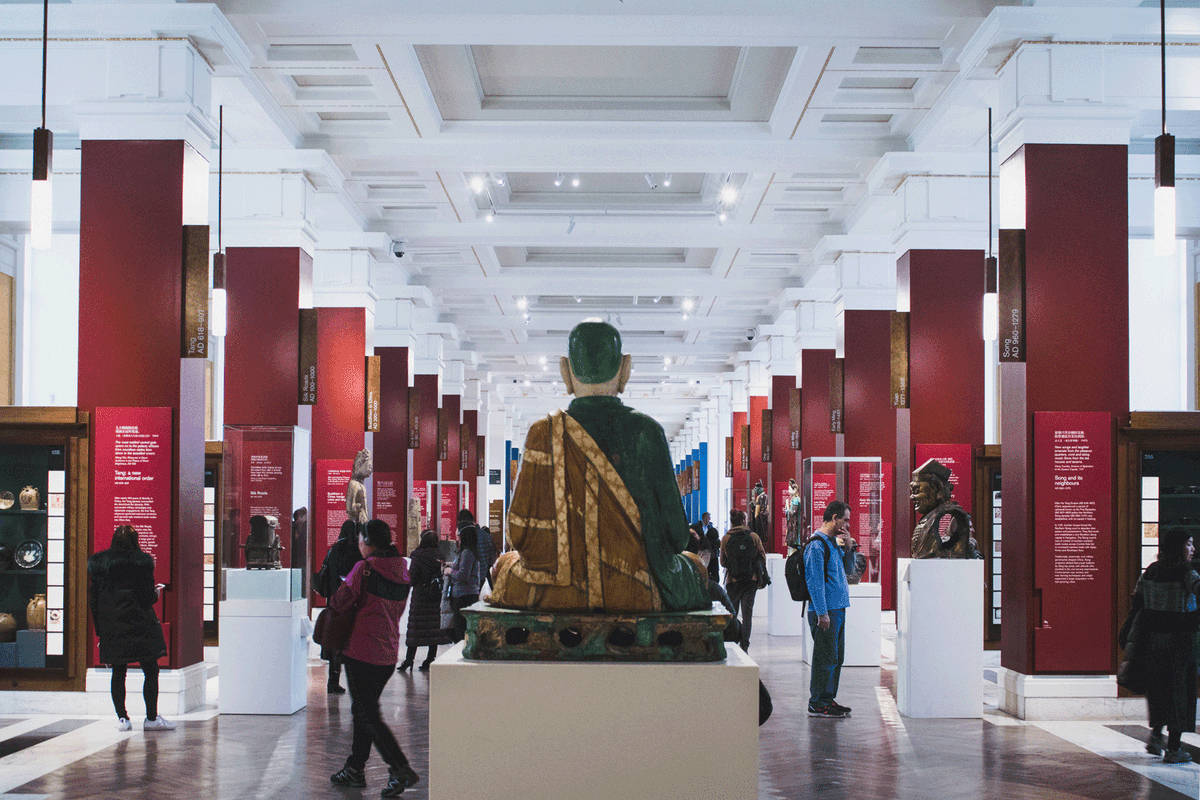When I first read about the latest research from the Art Fund, the UK’s national art charity, my hackles were raised. Its report—called Calm and Collected: Museums and Galleries, the UK’s Untapped Wellbeing Resource?—took the form of an online survey about stress and anxiety and leisure activities involving around 2,521 UK adults last August, along with a social study of nine participants, seven of whom were asked to visit a museum or gallery at least once a week. As the Art Fund’s director, Stephen Deuchar, puts it in the introduction to the report, it was commissioned in a “time of great uncertainty—economic, political and technological”, and its intention is “to investigate how regularly engaging with museums and galleries could contribute to an individual’s sense of wellbeing”.
Many of the reasons I love art have nothing to do with the culture of “wellbeing” that has begun to permeate many areas of society, from education and health environments to the workplace. At its worst it can appear to offer glibly, even patronisingly, mindfulness and related leisure activities such as yoga as a panacea for complex problems that call for far greater sensitivity.
I value art for complicating my thinking and experiences rather than simply providing calm or comfort. Of course, I appreciate its capacity to bring happiness. A joyous moment came as I was writing a preview of the Rembrandt-Velázquez exhibition at the Rijksmuseum in Amsterdam this month. Gregor Weber, the show’s curator, described the juxtaposition of a Rembrandt self-portrait with one of Velázquez’s depictions of a “buffoon” in Philip IV’s court. As I was writing, I placed online images of the works next to each other. And I was spellbound. Instantly, giddily, I sent screengrabs to friends and colleagues.
But then, the more these two 17th-century souls met my gaze, the more the giddiness subsided. Rembrandt painted himself as the apostle Paul in 1661, the year after he had moved from his grand home, now the Rembrandthuis in Amsterdam, having been bankrupted—it is a work of deep humility and doubt. Then there was El Primo, a small man brought to the Spanish court merely—and cruelly—to amuse the royal family, yet seemingly described with moving empathy by Velázquez.
Is there space for the complex emotions prompted by these great paintings—let alone more clearly violent and troubling works like Picasso’s Guernica—if museums are to be thought of as sites of “wellbeing”? The Art Fund’s report is woolly on this. We learn from it that 63% of us have visited galleries to “de-stress”, and that regular museum and gallery visits affected the participants in various ways, including “by giving us additional topics of conversation within our social circle, helping us learn new things in a fun way, and giving us moments of calm to reflect”.
But as I regularly write in this column, it seems essential that art regularly confronts the great uncertainty that Deuchar describes in direct and uncompromising ways, just as Picasso did in 1937 with Guernica. Galleries should be sites that can administer short, sharp shocks as well as deliver easy calm.
Alarm bells regularly ring when museums appear to lurch closer to pure entertainment; they should likewise sound when they appear to be sinking comfortably into the happiness industry.


